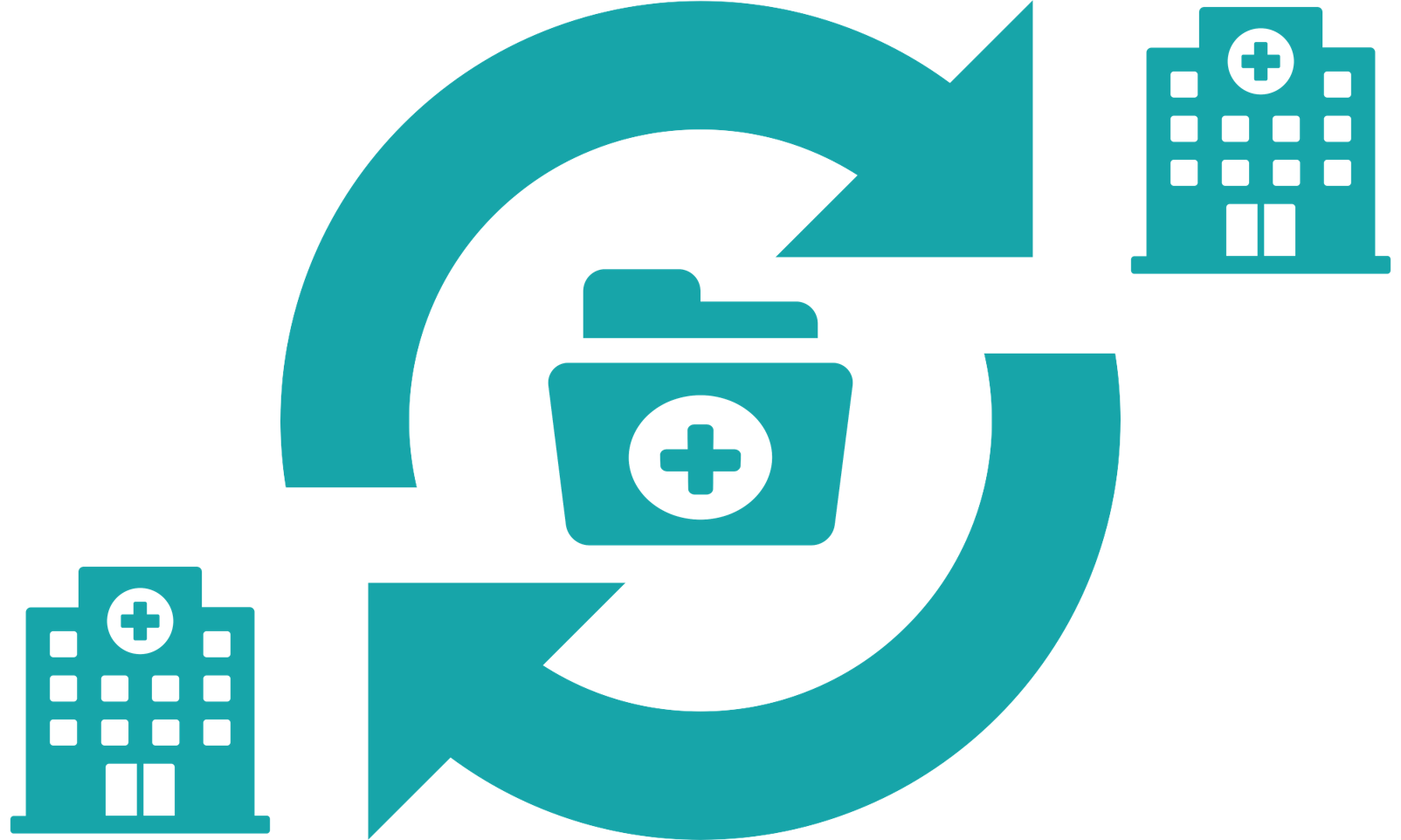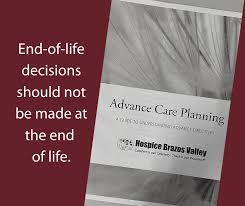
Hospice eligibility requires that a patient have a progressive, serious illness. Patients must also have a physician who can give a patient a life expectancy and is willing and able to work with the hospice staff. The affiliated hospital must have admitting privileges for this physician. If the patient is hospitalized, the hospice team should arrange for coverage. Lastly, the patient must have a responsible person who is able to make decisions for the patient.
COPD patients
COPD patients may not be able to tell when they are ready for hospice care. However, there are many signs that could indicate they may be eligible. Some of the most important signs to look for include having trouble breathing constantly, multiple hospital visits for lung infections, and low or high blood carbon dioxide levels. In addition, hospice patients with COPD tend to live longer than the standard six-month range, giving them even more benefits than those without COPD.
Hospice care can ease the pain of COPD patients. Hospice care can help patients with COPD who are dyspneic at rest or exertion. They should also be comfortable in their own home. In addition, the patient should not have had multiple hospitalizations or ED visits within the past three months, and they should not want to undergo intubation.

Patients suffering from Alzheimer's disease
Patients suffering from Alzheimer's often meet the criteria required for hospice. This advanced form causes progressive mental decline, including reasoning and judgment. This advanced form of the disease results in patients with a reduced appetite and an inability to participate in social interaction. Patients also suffer from a decline in their functional status. Other characteristics that qualify a patient for hospice care are incontinent bowel function and bladder function, as well as significant weight loss.
If their prognosis has been less than six months, patients with Alzheimer's can be eligible for hospice. Additionally, patients must not have had any medical complications from dementia within the past year. Hospice care's goal is to provide the best care possible for Alzheimer's patients.
UIHC hospice patients
A doctor reviews the most current discharge summary of a patient in order to determine if they meet the criteria for UIHC-hospice care. To determine eligibility, the physician compares the primary diagnosis and secondary diagnoses with the NHPCO worksheets. To determine eligibility, the doctor will also collect patient-specific information, such as lab values, vital signs, imaging studies, and laboratory results.
The Mercy Hospice Unit of the UIHC has six beds at present and can accept patients who have been deemed ineligible for general inpatient care. This type hospice care addresses the patient's emotional, spiritual, and physical needs. A Plan of Care is created by the hospice team in collaboration with the patient's physician. It is based on the patient’s symptoms, diagnosis, and needs. Before the patient can be admitted into the hospice program, their physician must approve each treatment option.

Patients with advanced illnesses
Hospice is a type of care that patients who have a limited life expectancy and are not able to receive curative treatments can get. Its aim is to improve quality and prevent debilitating treatment. Patients who qualify for hospice care must have a diagnosis of a terminal illness and six months or less to live. Some insurance companies provide hospice care coverage for up to one-year. The vast majority of patients do not receive hospice services until their final days and weeks. Patients can enjoy quality time for months, or even years if they get it early.
To be eligible for hospice, patients must have a diagnosis that identifies a terminal condition such as ALS or congestive heart disease. Patients must also be diagnosed with a terminal illness that cannot be curable. Patients with these diseases should have mental or physical impairments. They may also be malnourished.
FAQ
How can we improve our health care system?
We can improve health care by ensuring that everyone is provided high-quality medical care, no matter where they are located or what their insurance status.
We should ensure that all children receive necessary vaccinations, so they don't develop preventable diseases like measles, mumps, and rubella (MMR).
It is important that we continue to work for lower costs of health care and ensure that it remains affordable to all.
What are the different health care services?
The most important thing for patients to know is that they have access to quality healthcare at any time. No matter whether you require an urgent appointment, or a routine exam, we are available to help.
We offer many types and types of appointments. We also provide home care visits for those who live far from our clinic. We will ensure that you get prompt treatment at the nearest hospital if you aren't comfortable visiting our clinic.
Our team includes nurses, doctors, pharmacists, dentists, and other professionals dedicated to providing excellent patient service. Our goal is to make each visit as painless and convenient as possible.
What is a health care system?
All aspects of healthcare, from prevention to rehabilitation, are covered by health systems. It includes hospitals, clinics, pharmacies, community services, public health, primary health care, long-term care, home care, mental health and addictions, palliative and end-of-life care, emergency medicine, research, education, financing, and regulation.
Health systems are complex adaptive systems. They exhibit emergent properties that can't always be predicted just by looking at the individual components.
Health systems are complex and difficult to understand. Here creativity is key.
Creativity allows us to find solutions for problems we don’t know how. We use our imaginations to create new ideas and develop ways to improve things.
People who think creatively are essential for health systems because they are always changing.
Individuals who think creatively have the potential to change the way healthcare systems operate.
What is the distinction between public and private health?
Both terms refers to the policies made by legislators or policymakers to change how health services are delivered. It could be local, regional, or national to decide whether a new hospital should be built. Similar to the above, local, regional and national officials can decide whether or not to require employers offering health insurance.
What are the primary functions of a healthcare system?
The health insurance system should be able to provide the necessary medical facilities for those who require them at a reasonable rate and allow everyone access to quality services.
This includes providing preventive health care, promoting healthy lifestyles, and appropriate treatment. It also involves providing an equitable distribution of health resources.
Statistics
- For instance, Chinese hospital charges tend toward 50% for drugs, another major percentage for equipment, and a small percentage for healthcare professional fees. (en.wikipedia.org)
- For the most part, that's true—over 80 percent of patients are over the age of 65. (rasmussen.edu)
- The health share of the Gross domestic product (GDP) is expected to continue its upward trend, reaching 19.9 percent of GDP by 2025. (en.wikipedia.org)
- About 14 percent of Americans have chronic kidney disease. (rasmussen.edu)
- Consuming over 10 percent of [3] (en.wikipedia.org)
External Links
How To
What are the four Health Systems?
The healthcare system includes hospitals, clinics. Insurance providers. Government agencies. Public health officials.
This project had the overall goal to create an infographic to explain the US's health care system to anyone who wanted it.
These are some key points.
-
The GDP accounts for 17% of healthcare spending, which amounts to $2 trillion annually. This is nearly twice the amount of the entire defense spending budget.
-
Medical inflation reached 6.6% last year, higher than any other consumer category.
-
Americans spend an average of 9% on their health costs.
-
As of 2014 there were more than 300,000,000 Americans who weren't insured.
-
Although the Affordable Care Act (ACA), has been passed into law, it is not yet fully implemented. There are still many gaps in coverage.
-
A majority of Americans believe that there should be continued improvement to the ACA.
-
The United States spends more on healthcare than any other country.
-
Affordable healthcare would mean that every American has access to it. The annual cost would be $2.8 trillion.
-
Medicare, Medicaid, or private insurance cover 56%.
-
The top 3 reasons why people don't get insured include not being able to afford it ($25 billion), not having enough time to look for insurance ($16.4 billion), and not knowing about it ($14.7 billion).
-
HMO (health management organization) and PPO(preferred provider organisation) are the two types of plans.
-
Private insurance covers most services, including doctors, dentists, prescriptions, physical therapy, etc.
-
The public programs include hospitalization, outpatient surgery and nursing homes. They also cover long-term care and hospice care.
-
Medicare, a federal program, provides seniors with health insurance. It covers hospital stays, skilled nursing facility stays and home visits.
-
Medicaid is a joint state-federal program that provides financial assistance to low-income individuals and families who make too much to qualify for other benefits.